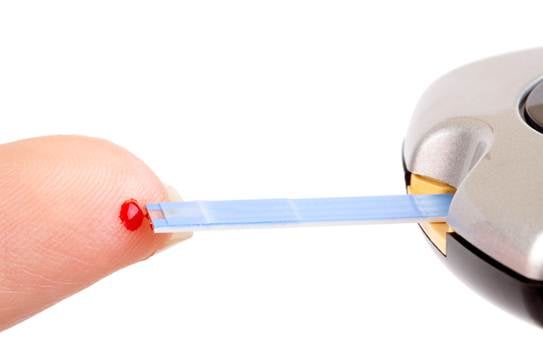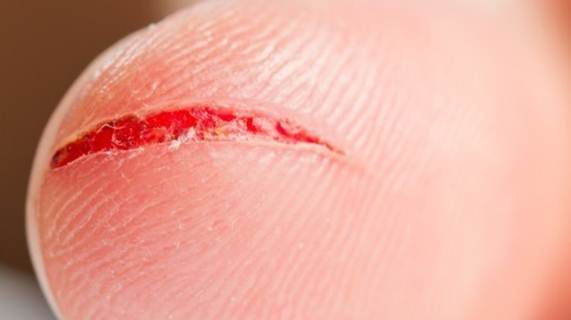High blood sugar or hyperglycemia occurs when the insulin in
the body is insufficient or not able to process the glucose in blood
appropriately. Despite the relationship of hyperglycemia, its relative,
hypoglycemia and diabetes, people who don’t have diabetes can also have high or
low blood sugar levels.

People who don’t
have diabetes can also have high or low blood sugar levels.
Signs/ symptoms
When having high blood sugar, you may have to face with
headache, blurred vision and difficulties in concentrating. You may also feel
very thirsty and have lots of urination.
Identification
A blood test (in hospital or at home) can identify high
blood sugar. After eating, the level of blood sugar 180mg/dl or higher is
considered as high. Doctors can offer you a blood sugar test when you’re hungry
(fasting blood sugar test); the blood sugar from 90 to 130 or higher also is
considered as high.
Impacts

Long-term high
blood sugar states can lead to complications like slow skin healing.
Long-term high blood sugar states can lead to complications
like slow skin healing, vaginal infections, eyesight issues, mental issues and
stomach complications.
Warning
People who have diabetes, high blood sugar and don’t receive
treatments can have accumulations of ketone which are waste products created
along the fat processing. This could lead to a mortality condition called
ketoacidosis (the body is infected with ketone by diabetes). Fruity breath,
nausea and dry mouth are considered signs of ketoacidosis.
Preventions/ solutions

Healthy diets can
prevent high blood sugar.
If you have high blood sugar, it’s important that you take
blood sugar tests usually. Make prevention by taking in habits of healthy
eating, drinking much of water and consulting doctors for your need of
treatment.